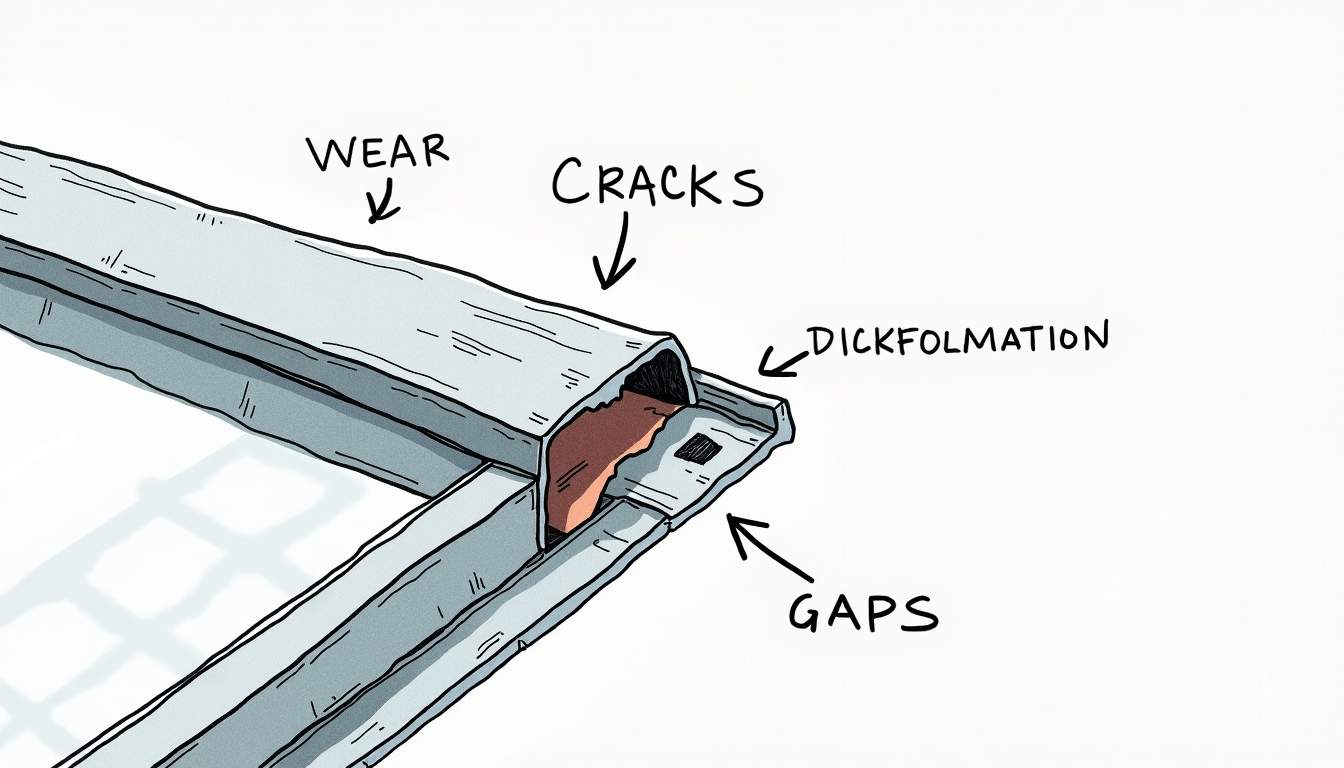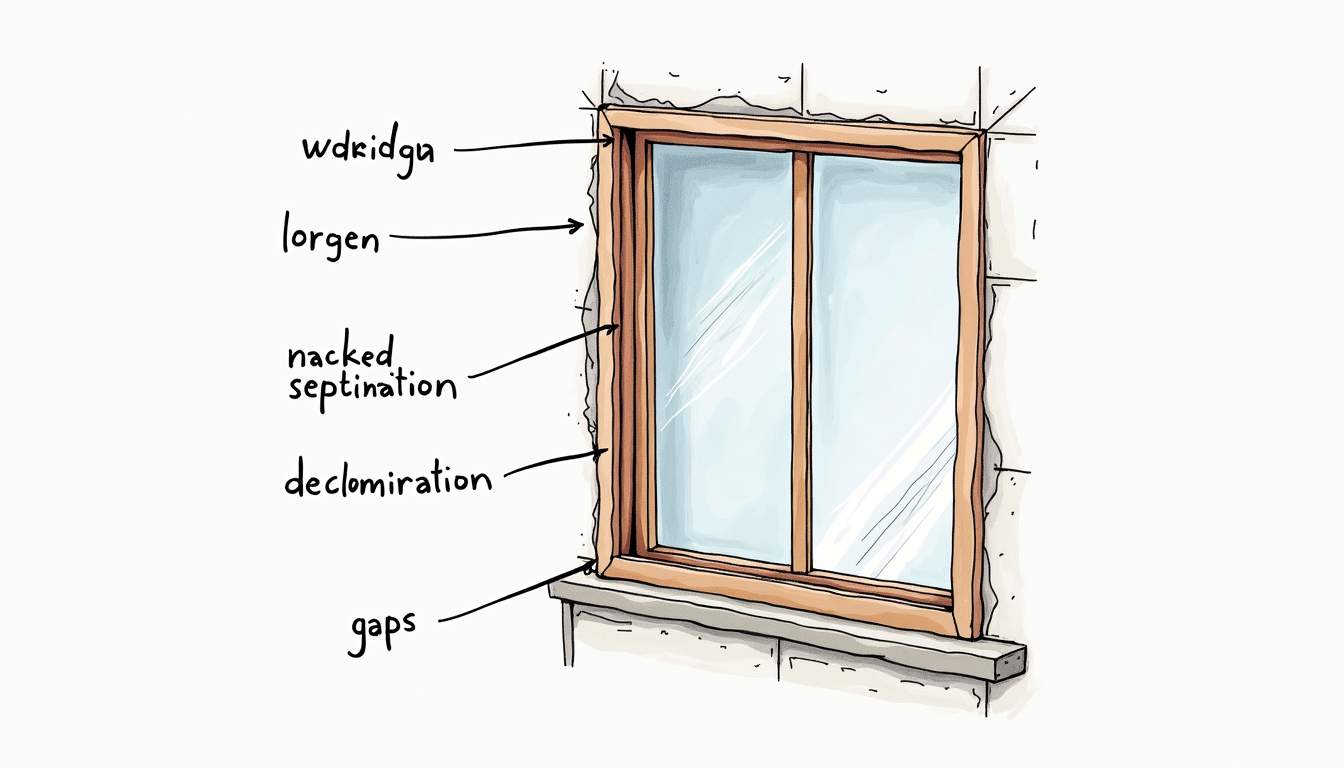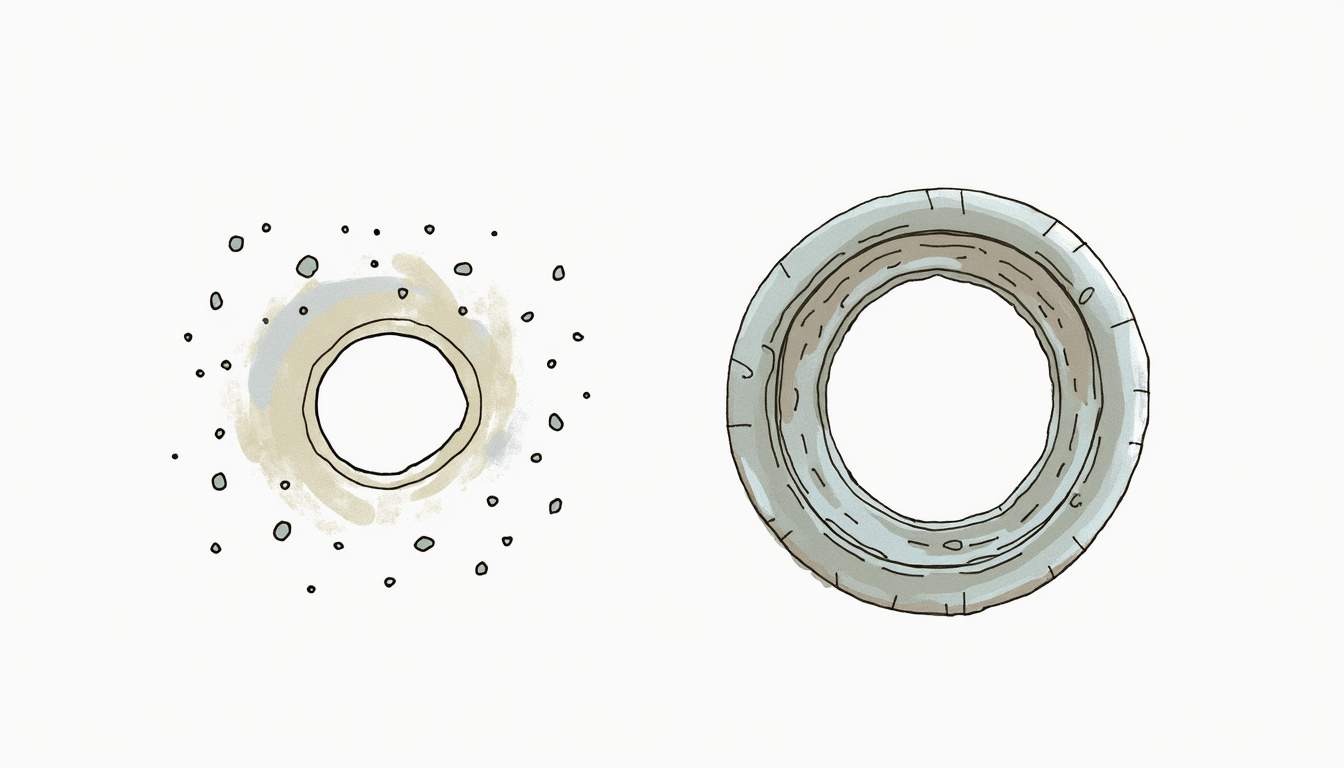
Window gaskets play a crucial role in maintaining the integrity of a building’s windows. They provide insulation, prevent water leaks, and help keep out unwanted drafts. Over time, however, these gaskets can wear out, leading to a host of problems. Recognizing the signs of wear early can save homeowners from costly repairs and improve energy efficiency. This article explores how to identify the signs of wear in window gaskets and what steps can be taken to address these issues.
Understanding Window Gaskets
Before diving into the signs of wear, it’s important to understand what window gaskets are and their function. Gaskets are typically made from materials like rubber, foam, or silicone, and they are installed around the edges of windows to create a tight seal.

These seals are essential for preventing air and water infiltration. When properly maintained, window gaskets can last for many years, but environmental factors, such as UV exposure and temperature fluctuations, can accelerate their deterioration. Regular maintenance can help to mitigate these effects, ensuring that the gaskets remain effective in their role.
The Role of Gaskets in Window Performance
Gaskets not only enhance energy efficiency but also contribute to the overall comfort of a home. A well-sealed window reduces heating and cooling costs by minimizing air leaks. Additionally, gaskets help protect the window frame and surrounding structures from moisture damage. This protection is crucial, as moisture intrusion can lead to mold growth and structural issues, which can be costly to repair.
Moreover, window gaskets play a significant role in noise reduction, providing a barrier against external sounds. This is particularly beneficial for homes situated in busy urban areas or near highways, where noise pollution can disrupt daily life. By ensuring that gaskets are in good condition, homeowners can enjoy a quieter, more peaceful living environment. Understanding the importance of gaskets can motivate homeowners to regularly inspect and maintain them, ensuring a longer lifespan and better performance. Regular checks can include looking for cracks, tears, or signs of wear, and replacing gaskets when necessary to maintain optimal window function. For professional assistance or gasket replacement services, visit Window Repair Singapore.
Common Signs of Wear in Window Gaskets
Recognizing the signs of wear in window gaskets is essential for timely maintenance. Here are some common indicators that the gaskets may need attention:

1. Cracking and Splitting
One of the most obvious signs of wear is visible cracking or splitting in the gasket material. This often occurs due to prolonged exposure to sunlight and extreme temperatures. When gaskets begin to crack, their ability to create a seal diminishes, leading to potential air and water leaks.
Inspecting gaskets regularly for cracks can help catch problems early. If cracks are found, it may be time to consider replacing the gaskets to restore their sealing capabilities.
2. Hardening or Brittleness
Another sign of wear is when the gasket material becomes hard or brittle. This change in texture can occur as the material ages, losing its flexibility. A hard gasket will not conform properly to the window frame, resulting in gaps that allow air and moisture to enter.
To check for hardness, gently press on the gasket with your fingernail. If it feels rigid and does not give at all, it may be time for a replacement.
3. Water Leaks
Water leaks around windows are a clear indication that gaskets are failing. If water is seeping into the home during rainstorms or when snow melts, the gaskets may no longer be providing a proper seal. This not only affects comfort but can also lead to mold growth and structural damage if left unaddressed.
Homeowners should conduct regular inspections, especially after heavy rainfall, to check for signs of moisture around window frames.
Additional Signs to Watch For
In addition to the more obvious signs of wear, there are other indicators that can help identify potential issues with window gaskets.
1. Drafts
Feeling drafts near windows is a strong indication that the gaskets are not doing their job. Even minor drafts can lead to significant energy loss, causing heating and cooling systems to work harder. Homeowners should pay attention to temperature changes near windows, especially during extreme weather.
To test for drafts, a simple candle test can be performed. Light a candle and hold it near the edges of the window. If the flame flickers or moves, it indicates that air is leaking through the gasket.
2. Visible Wear and Tear
Physical signs of wear, such as discoloration or peeling, can also indicate that gaskets are nearing the end of their lifespan. These changes often result from UV exposure or harsh weather conditions. If the gasket appears faded or is losing its original texture, it may be time to consider replacement.
Regular visual inspections can help catch these signs before they lead to more significant issues.
3. Increased Energy Bills
A sudden spike in energy bills can be a sign that window gaskets are failing. When air leaks occur, heating and cooling systems must work harder to maintain the desired indoor temperature. Homeowners should monitor their energy usage and investigate any unusual increases.
By addressing gasket wear early, homeowners can not only improve comfort but also save money on energy costs.
How to Inspect Window Gaskets
Conducting a thorough inspection of window gaskets is essential for identifying wear. Here are some steps to follow:
1. Visual Inspection
Start with a visual inspection of the gaskets. Look for any signs of cracking, splitting, or discoloration. Pay close attention to the corners and edges, as these areas are often more susceptible to wear.
It’s also wise to check for any debris or dirt that may be obstructing the gasket’s contact with the window frame. Cleaning these areas can help improve the seal and extend the life of the gaskets.
2. Physical Assessment
After the visual inspection, perform a physical assessment. Gently press on the gaskets to check for hardness or brittleness. If the material feels rigid and does not flex, it may need replacement.
Additionally, check for any gaps between the gasket and the window frame. If gaps are present, it indicates that the gasket is no longer providing a proper seal.
3. Test for Drafts
As mentioned earlier, testing for drafts is a practical way to assess gasket performance. Use a candle or incense stick to detect air leaks. If drafts are present, it may be time to replace the gaskets.
Regular inspections, ideally at least once a year, can help catch issues early and prevent further damage.
Replacing Worn Window Gaskets
If inspections reveal that window gaskets are worn and in need of replacement, it’s essential to act promptly. Replacing gaskets can be a straightforward process, but it requires careful attention to detail.
1. Selecting the Right Gasket Material
When replacing gaskets, choosing the right material is crucial. Options include rubber, foam, and silicone, each with its own benefits. Rubber is durable and weather-resistant, while foam provides excellent insulation. Silicone gaskets offer flexibility and are often used in areas with significant temperature fluctuations.
Consider the specific needs of the windows and the local climate when selecting a gasket material. Consulting with a professional can also provide valuable insights into the best options available.
2. Removal of Old Gaskets
Before installing new gaskets, the old ones must be removed. This process typically involves peeling the old gasket away from the window frame. A utility knife can be helpful for cutting away any stubborn adhesive residue.
Be cautious during this step to avoid damaging the window frame or surrounding materials. Once the old gasket is removed, clean the area thoroughly to ensure a proper seal for the new gasket.
3. Installing New Gaskets
Installing new gaskets requires precision. Begin by measuring the window frame to cut the new gasket to the appropriate length. Apply adhesive if necessary, and press the gasket firmly into place, ensuring there are no gaps.
After installation, it’s wise to conduct a final inspection to ensure the gasket is seated correctly and provides a tight seal. Testing for drafts again can help confirm that the installation was successful.
Maintaining Window Gaskets
Once new gaskets are installed, regular maintenance is key to extending their lifespan. Here are some tips for maintaining window gaskets:
1. Regular Cleaning
Keeping gaskets clean is essential for their longevity. Use a soft cloth and mild soap to clean the gasket and surrounding areas. Avoid harsh chemicals that could degrade the material over time.
Regular cleaning not only helps maintain the appearance of the gaskets but also ensures that they can create a proper seal against air and moisture.
2. Inspect Seasonally
Seasonal inspections can help catch any signs of wear before they lead to significant issues. Check gaskets during spring and fall, as these transitions often bring changes in temperature and weather conditions.
By being proactive, homeowners can address any wear and tear before it becomes a more costly problem.
3. Address Issues Promptly
If any signs of wear are detected during inspections, addressing them promptly is crucial. Whether it’s cleaning, repairing, or replacing gaskets, timely action can prevent further damage and maintain the energy efficiency of the home.
Staying vigilant about window gasket maintenance can lead to long-term savings and a more comfortable living environment.
Conclusion
Recognizing the signs of wear in window gaskets is essential for maintaining a comfortable and energy-efficient home. By understanding the common indicators of wear, conducting regular inspections, and taking prompt action when issues arise, homeowners can ensure that their windows remain in optimal condition.

Investing time in the maintenance of window gaskets not only extends their lifespan but also enhances the overall performance of windows. With proper care, window gaskets can continue to provide a reliable seal against the elements, protecting the home and its occupants for years to come.